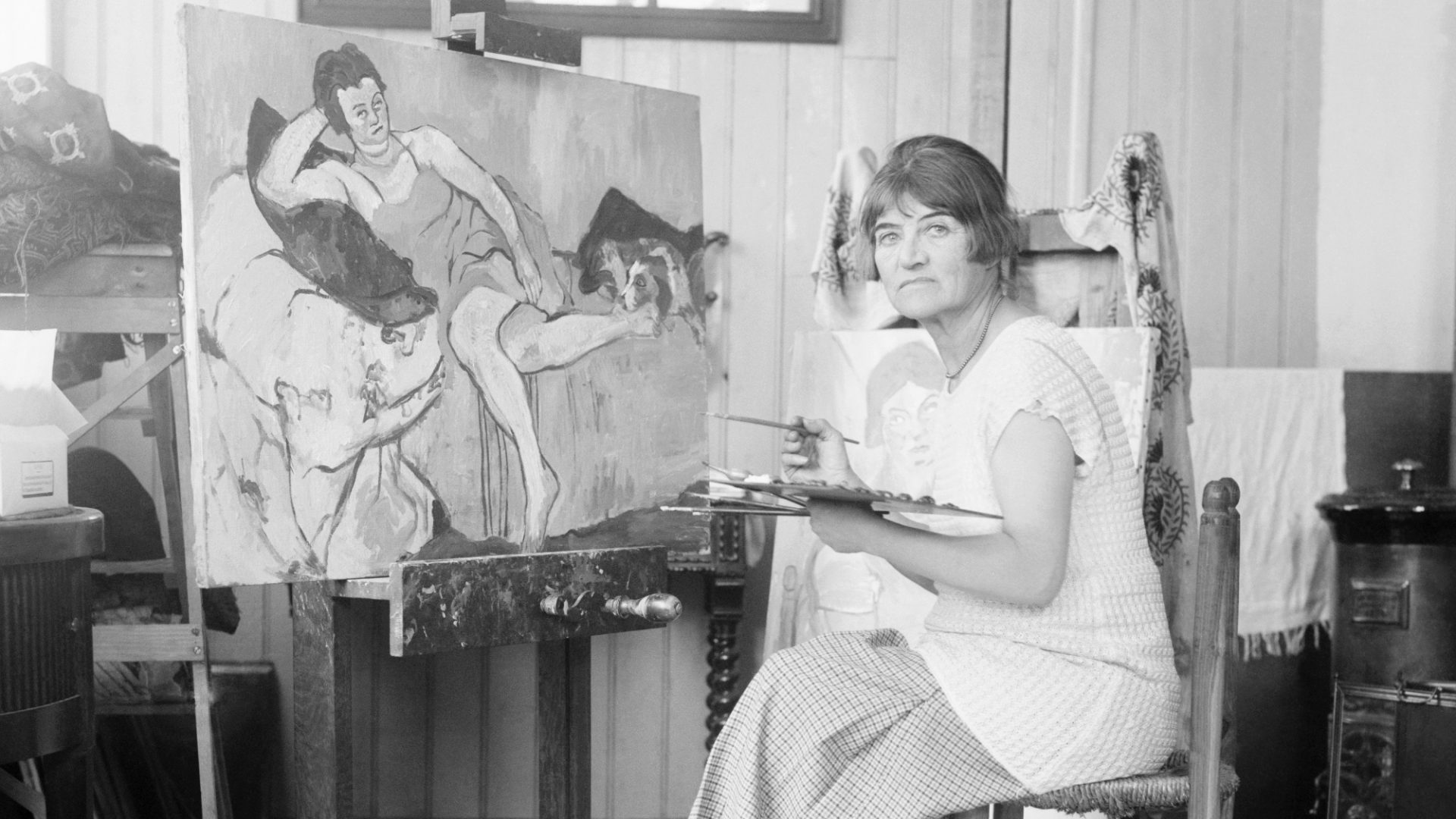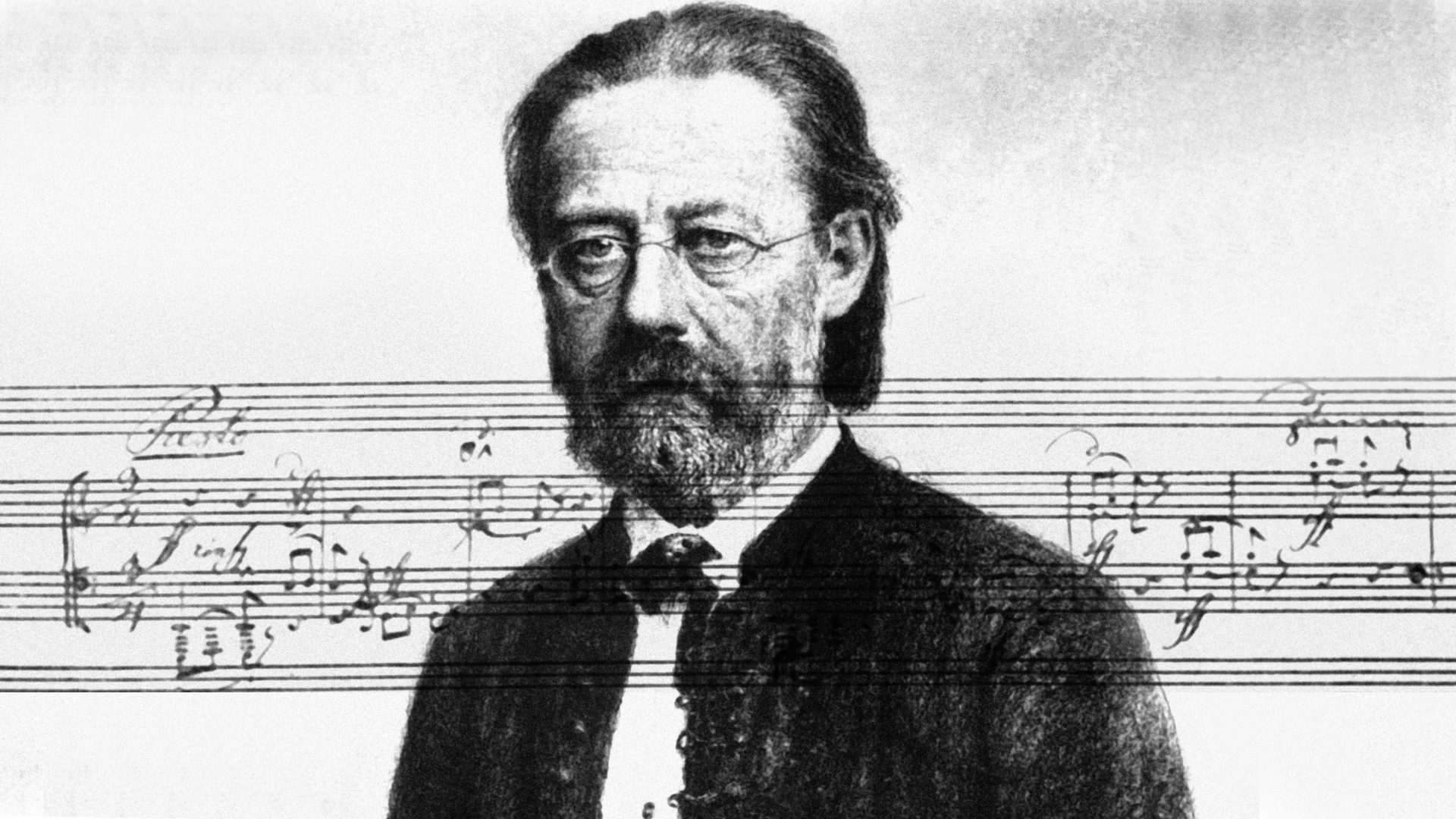“Yes, it is true,” said the greatest living artist in the land, closing the portfolio and handing it back to her. “You are one of us.”
It was, Suzanne Valadon would say, “the wonderful moment of my life”.
The few minutes Edgar Degas spent standing by the light of a window leafing through Valadon’s work passed at a glacial pace for the 21-year-old, sitting awkwardly on a hard wooden chair on the other side of the room. Yet that 1887 encounter would be instrumental in her resolve to become, against the odds, a professional artist.
Not only was that ambition achieved, Valadon went on to be recognised as one of the major figures of modern French art, became the first woman to be accepted into the Société Nationale des Beaux-Arts, had an asteroid named after her and lent her name to a square in Montmartre, the place that made her. Degas became a lifelong friend, Modigliani described her as “the only woman who ever understood me”, and when she ended a relationship with the composer Erik Satie he told a friend, “She was able to take all of me”, and wrote a piece called Vexations that takes more than 18 hours to perform.
When Valadon arrived at the door of Degas’s house that day with a sheaf of drawings under her arm she was merely an artist’s model with ambitions and the encouragement of Henri Toulouse-Lautrec, one of the artists for whom she posed. Valadon had been drawing since she was nine years old, using charcoal that fell from coal carts on the streets of Montmartre, and Toulouse-Lautrec was impressed enough by her work to suggest she call on Degas, who lived across the same courtyard. The short walk over the muddy expanse between the artists’ homes proved to be the most significant journey of Valadon’s life.
Toulouse-Lautrec had also bestowed the name Suzanne on Marie-Clémentine Valadon, because the young model who posed for older men reminded him of Susanna and the Elders, the biblical story of lust and voyeurism. When she adopted the name as her own it was a statement that her life was, at last, on her own terms, truly beginning.
Few successful artists had a backstory like Valadon’s. She was born in Limoges, paternity unknown, and when she was four her small-time criminal stepfather was transported to French Guiana. Valadon and her mother relocated to Montmartre, where the young girl set about making a living in whatever way she could, from laundry work to loitering near funerals at Père-Lachaise cemetery looking heartbroken in the hope that kindly passers-by might press coins into her hand.
By her early teens Valadon was working at a circus as a trapeze artist, until a bad fall brought her performing career to a premature end, after which she found semi-settled employment as a highly sought-after artist’s model. Having spent much of her recuperation drawing and sketching, working with artists of all styles and reputations gave her not only a decent income, she was also able to observe and learn from some of the greats like Toulouse-Lautrec, Pierre-Auguste Renoir and Puvis de Chavannes.
“I took the best of them, their teachings, their examples,” she said. “I found myself, I made myself, I said what I had to say.”
She had a son at 18 who would become a famous artist in his own right, Maurice Utrillo, whose paternity has long been a source of debate (Valadon’s friend Miguel Utrillo legally adopted the boy, stating his willingness to “put my name to a work possibly by Degas or Renoir”), but it was marriage to a businessman in 1895 that gave her the time and space to truly explore her own artistic calling.
When she turned her attention to oils, around 1909, Valadon began producing some outstanding art. With a style that combined a range of influences, but mostly symbolism and post-impressionism, her nudes pointedly reflected a woman’s experience and perspective quite different from the customary male gaze – and as a former artist’s model she knew more than most about that.
Still, despite her obvious talent, it took until the 1920s for Valadon to rise fully above the snobbery that sneered at her gender and background, and to receive the recognition her work deserved.
Even then, for all her success and the wealth that came with it, Valadon’s bohemianism remained undiminished. In 1909, Maurice introduced her to a friend of his, a 23-year-old artist named André Utter, with whom the 44-year-old immediately began an affair. Divorce followed for Valadon, she married Utter, and the couple moved back to her spiritual home of Montmartre.
There her eccentricities were exacerbated by financial security. She fed caviar to her cats every Friday because they were “good Catholics”, once threw a huge picnic catered by Maxim’s on the platform of a Paris Métro station and held a dinner party at midnight in a cemetery. She kept a goat at home to which she fed any work with which she was not satisfied.
When in 1925 she learned that Utter had taken a lover to their second home in the countryside she followed them, locked the pair in the bedroom and left them there, sending up buckets of boiled cabbage by rope and pulley until, after a week, she felt she had made her point.
She died sitting at her easel. Her death showed that despite her unparalleled success as the pioneering French female artist of the age the times had failed to keep up with her: Le Figaro reported her death as that of “the wife of painter André Utter and mother of Maurice Utrillo”.
Fortunately her work endures, notably in paintings like 1923’s The Blue Room, which is considered by many to be her masterpiece. Subverting the traditional reclining nude, a woman lies on a bed where several vivid linens clash in pattern and colour. She wears striped trousers and a pink camisole, hair scraped back, a cigarette jammed unlit between her lips. Rather than presenting a male ideal, this reclining figure is answerable to nobody but herself, self-assured among the clashing colours, immersed in solitude, lost in herself and certain of her place in the world.
That certainty was clear on the day that she knocked nervously at the door of Edgar Degas. His approval sparked the friendship that lit up the great artist’s final years, his “ferocious Maria” he called her, recognising in Valadon exactly what she would tell a friend just days before her death.
“I have never surrendered,” she said. “I have never betrayed anything I believed in.”




